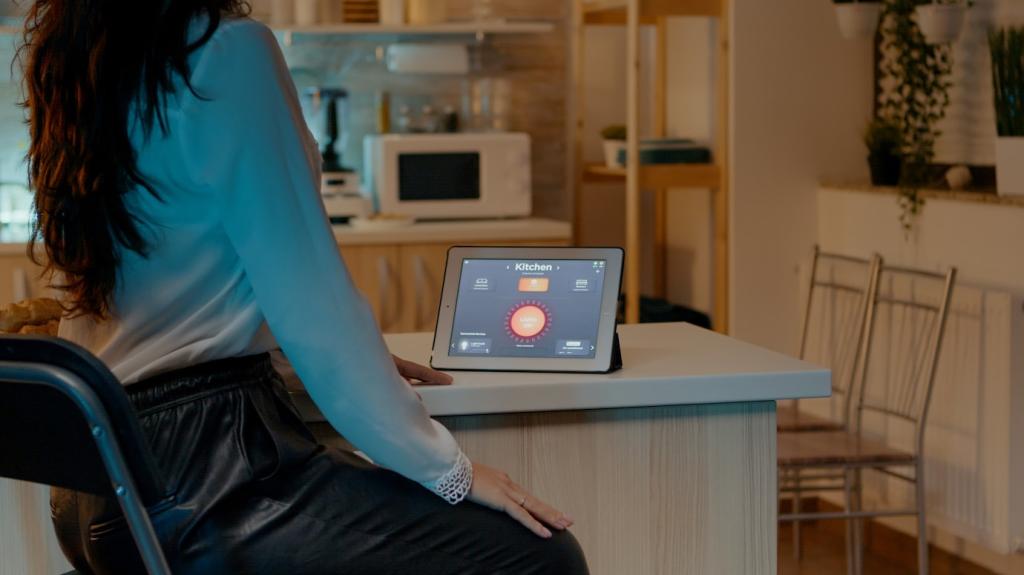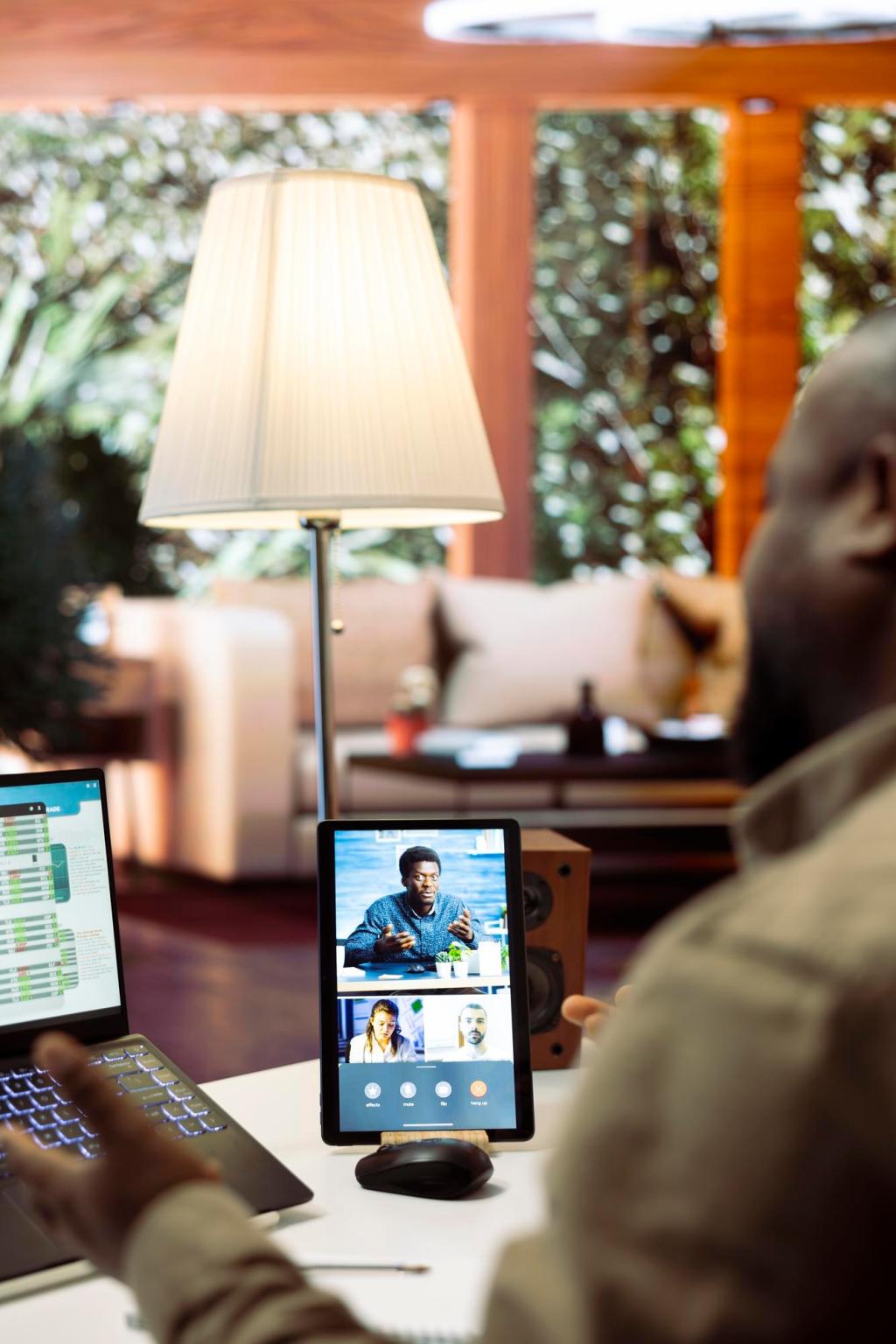Clear Communication Rituals
Set simple norms: chat replies within two business hours, email within one day, urgent items via phone. This etiquette removes guesswork and prevents overchecking. Share your team’s response-time agreements below and how they’ve improved your focus throughout busy stretches.
Clear Communication Rituals
Adopt clear signals: calendar invites must include goals; decline when you’re optional and offer async input. This etiquette protects calendars and reduces unnecessary calls. Comment with the meeting rule that saved you the most minutes last month, and inspire others to try it.
Clear Communication Rituals
Default to async updates using concise summaries, bullets, and a deadline for feedback. Etiquette here is about choosing the lightest-weight channel. Post an example of an effective async update you’ve written, and tell us how it kept your schedule open for deep work.
Clear Communication Rituals
Lorem ipsum dolor sit amet, consectetur adipiscing elit. Ut elit tellus, luctus nec ullamcorper mattis, pulvinar dapibus leo.





